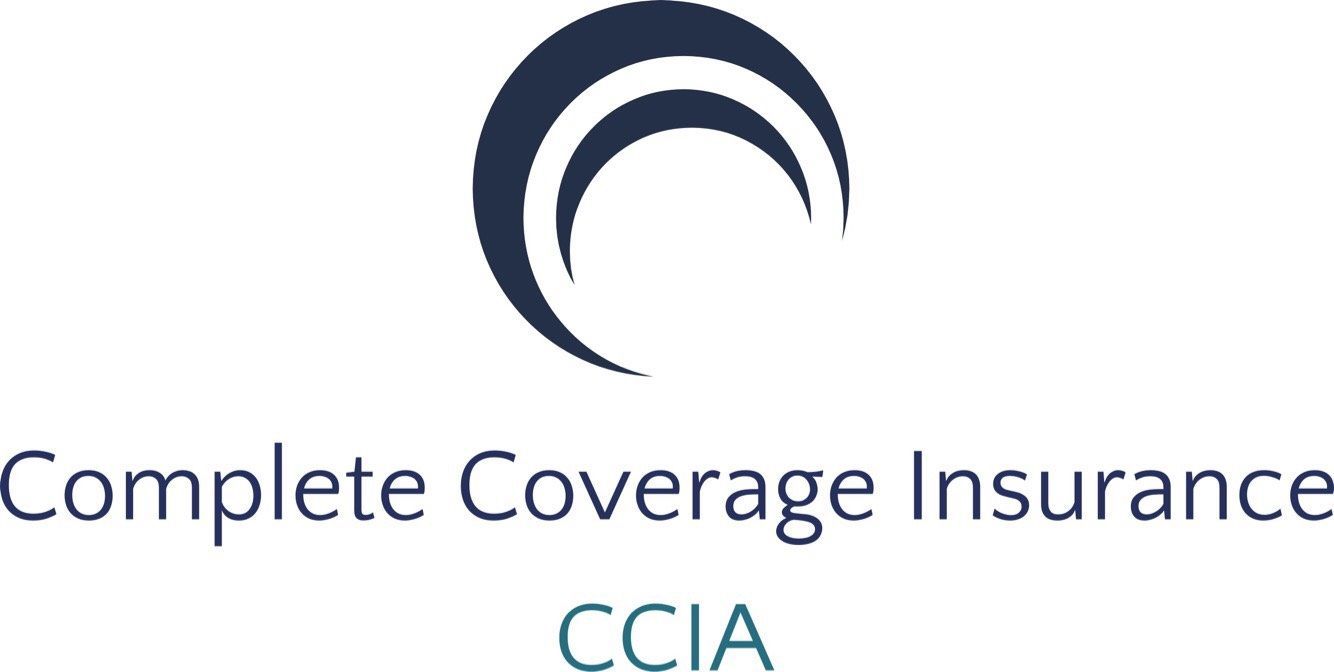
The New Normal: Home Insurance in a Climate-Conscious 2026
As the leaves fall and we approach the end of 2025, many homeowners are facing a new reality. The past few years have seen a whirlwind of changes in the home insurance market, driven by everything from climate shifts to economic pressures. As we look ahead to 2026, the era of stable, predictable premiums is behind us. The new normal is a market defined by higher costs, more specific coverages, and a heightened awareness of risk. To truly protect your home, you need to be proactive and informed.
One of the most significant factors reshaping the market is climate risk. It’s no longer just a concern for those living in traditional high-risk areas like Florida or California. The frequency and intensity of weather events have broadened, with severe flooding hitting areas previously considered safe and wildfires threatening communities in unexpected places. In response, insurers have had to adjust their models and, in some cases, withdraw from or limit their coverage in certain states. As a result, homeowners in these areas are seeing premium spikes and, in some cases, are struggling to find coverage from traditional carriers. It’s a sobering reminder that a standard policy may no longer be enough. If you live in an area prone to severe weather, you should speak with your agent about specific endorsements or separate policies, like flood insurance, to ensure you’re fully protected.
The economic landscape is also playing a huge role. Inflation and supply chain disruptions have driven up the cost of labor and building materials, which directly impacts what it costs to rebuild your home. This is why it’s more important than ever to review your policy’s replacement cost value. Many people mistakenly base their coverage on their home’s market value, but this is a dangerous assumption. Your home’s market value—what you could sell it for—is completely different from what it would cost to rebuild it from the ground up after a disaster. With construction costs still elevated, being underinsured by even 10% could leave you with a massive financial burden.
Technology, too, is changing the game. While a smart home may seem like a luxury, many insurers are now seeing it as a risk mitigation tool. Smart devices like leak detectors, fire alarms, and security systems that can alert you—and even emergency services—to a problem can qualify you for significant discounts. Insurers are starting to view these technologies as preventative measures that can reduce the likelihood of a major claim. Talk to your carrier about which devices can lower your premium. You might find that the cost of a few smart gadgets is well worth the savings and added peace of mind.
Ultimately, navigating the home insurance market in 2026 means being an active participant. Don’t simply renew your policy without reading it. Take the time to understand your deductibles, coverage limits, and any exclusions. If you’ve made significant home improvements, make sure your policy is updated to reflect them. You can also shop around. The market is dynamic, with new carriers entering and leaving different regions. Bundling your home and auto insurance with the same carrier can often lead to a discount, but it’s not always the cheapest option. Get quotes from multiple companies to ensure you’re getting the best rate for the coverage you need. Your home is your sanctuary, and ensuring it’s properly protected in this new era of risk is a top priority.


